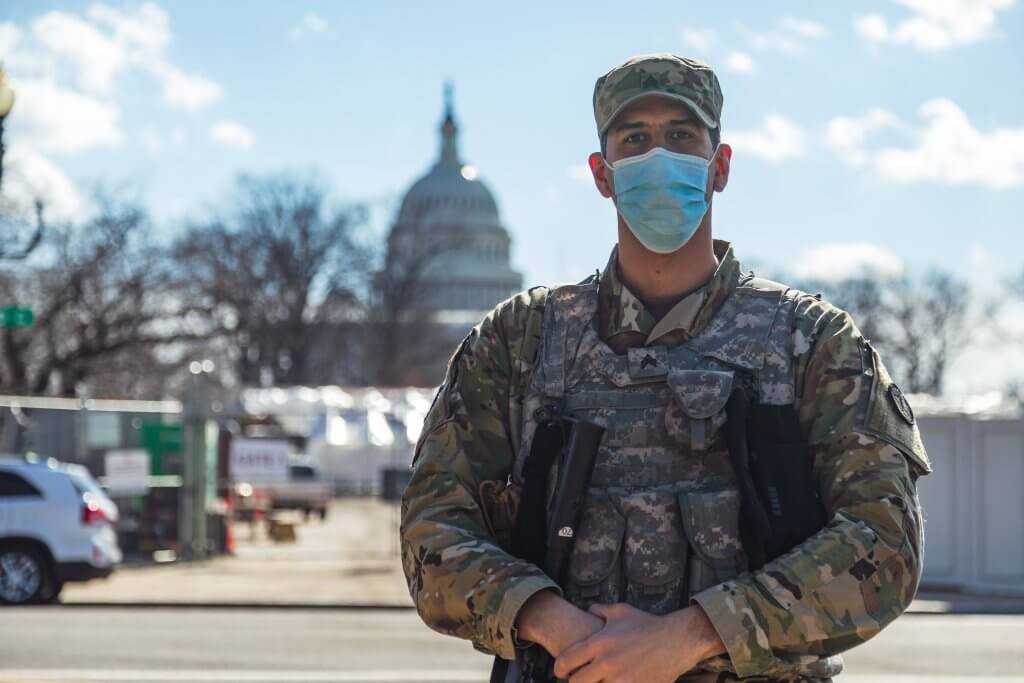Read the original article on Military.com. Follow Military.com on Twitter.
Lawmakers grilled security officials Tuesday over their failure to defend the U.S. Capitol from a mob of insurrectionists Jan. 6, also asking why National Guard troops didn’t respond for hours.
“I was surprised at the reluctance to immediately send the National Guard to the Capitol grounds,” Robert J. Contee III, acting chief for the Washington D.C. Metropolitan Police Department, told senators at a joint hearing on the attack.
Around 1 p.m. Jan. 6, explosive devices were found at the Republican and Democratic National Committee headquarters. At the same time, rioters supporting former President Donald Trump overwhelmed police at the Capitol and started to seize the building, attacking law enforcement with blunt weapons and chemicals. National Guard troops didn’t arrive until after 5 p.m.
It is unclear where the communication breakdown between law enforcement and the military started, or why troops were not armed and present at the Capitol ahead of the attack. Former Capitol Police Chief Steven Sund said he made multiple requests for military backup and those requests were either ignored or got lost in a web of bureaucracy.
Read: Capitol Police officer who died served in Air National Guard
Before deploying to the Capitol, about 300 soldiers and airmen, armed only with batons and not wearing body armor, were stationed at locations around Washington, D.C. Others, not armed with batons, were posted at Metro stations and assisted with traffic control.
Contee said that presence “was barely enough” to counter “a mob of thousands of American citizens launching an assault on the U.S. Capitol in an attempt to halt the counting of electoral ballots, an essential step in the peaceful transition of power.”
While thousands of people attended a rally just prior to the Capitol attack, it is estimated that approximately 800 entered the building.
Before deploying to the Capitol, about 300 soldiers and airmen, armed only with batons and not wearing body armor, were stationed at locations around Washington, D.C. Others, not armed with batons, were posted at Metro stations and assisted with traffic control.
Contee said that presence “was barely enough” to counter “a mob of thousands of American citizens launching an assault on the U.S. Capitol in an attempt to halt the counting of electoral ballots, an essential step in the peaceful transition of power.”
While thousands of people attended a rally just prior to the Capitol attack, it is estimated that approximately 800 entered the building.
Sund resigned the day after the siege, but told lawmakers the security failure wasn’t the result of poor planning. Instead, he blamed poor intelligence and a lack of anticipation of the scope of violence.
“Without the intelligence to properly prepare, the USCP was significantly outnumbered and left to defend the Capitol against an extremely violent mob,” he said. “The officers from the USCP and our partner agencies fought valiantly that day against tremendous odds.”
At least 140 officers sustained injuries after engaging the mob in hand-to-hand combat. Capitol Police Officer Brian Sicknick, an Air National Guard veteran, died after engaging with the mob.
— Steve Beynon can be reached at Steve.Beynon@military.com. Follow him on Twitter @StevenBeynon.

